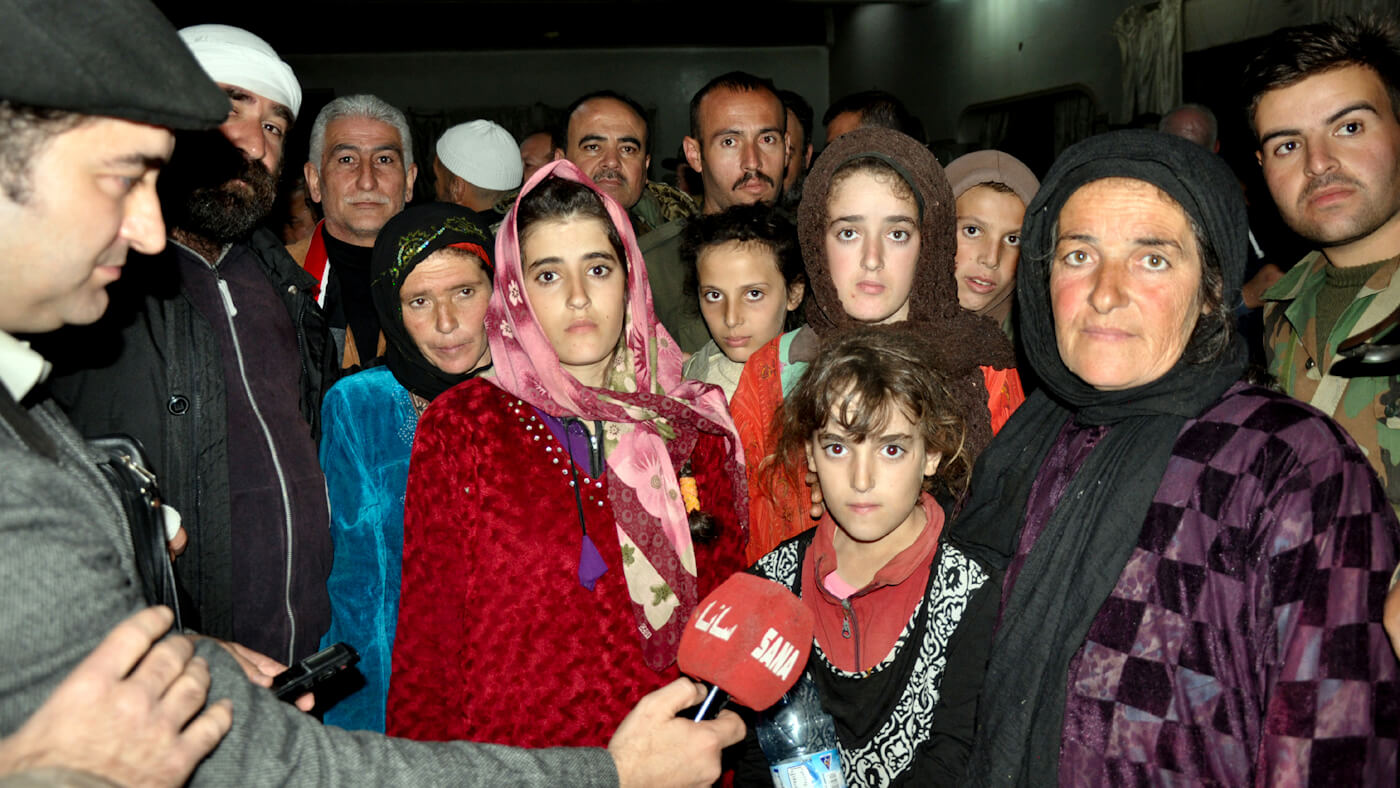The ISIS Massacre in Sweida: A Story of Torment and Resilience for an Uninterested World

SWEIDA, SYRIA – On July 25, 2018, ISIS terrorists attacked Sweida City and villages in the surrounding countryside. The ensuing massacre, one of the bloodiest of the eight-year Syrian conflict, went virtually unreported in the West. The U.S. coalition, illegally occupying Syrian territory, turned a blind eye as the ISIS terrorists that they claim to be waging war on entered the seven villages to the east of Sweida City that were targeted for wanton bloodshed.
At 4 a.m. the terrorist group approached under cover of darkness. They encircled each village, posting snipers around the villages and along the straight road that connects them all, to prevent civilians from leaving or coming to the aid of others. ISIS fighters entered homes and murdered civilians — even children as they slept, unaware of the horror that was approaching. In Shbeki a disabled child was beheaded as he slept. In Shrehi “the roads ran with blood,” according to resident of the village, H. Saab (his full name is not given for security reasons), who lost 35 members of his extended family in the attack.
In September 2018, I visited three of the seven villages that had endured the July attack. Sweida is a province around 110 km to the south of Damascus. It is the home of the Syrian Druze community that has remained steadfastly loyal to the Syrian state and Syrian Arab Army throughout the regime-change war waged against Syria by the U.S. coalition, Turkey, the Gulf States and Israel for eight long years. Until this massacre, the Druze had rarely been catastrophically affected by the conflict. The SAA had successfully kept a check on ISIS advances into the heartland of this fiercely resilient province.
The attack was given cursory coverage by most in the media; it was certainly not marked as one of the most heinous crimes committed by a terrorist group that was effectively enabled and protected by the U.S. coalition embedded in Al-Tanf, 330 km to the northeast of Sweida City and the targeted villages. ISIS fighters moved in from the direction of Tilal Al-Safa, a volcanic desert region situated around 100 km from Sweida City, again to the northeast. At no point did the Al-Tanf military base, bristling with surveillance equipment, detect or react against the ISIS operation. At the time, acclaimed Middle East journalist Elijah Magnier pointed out: “ISIS knew it was possible for its convoy to drive under the eyes of a superpower state [the U.S.] without being disturbed.”


No comments:
Post a Comment